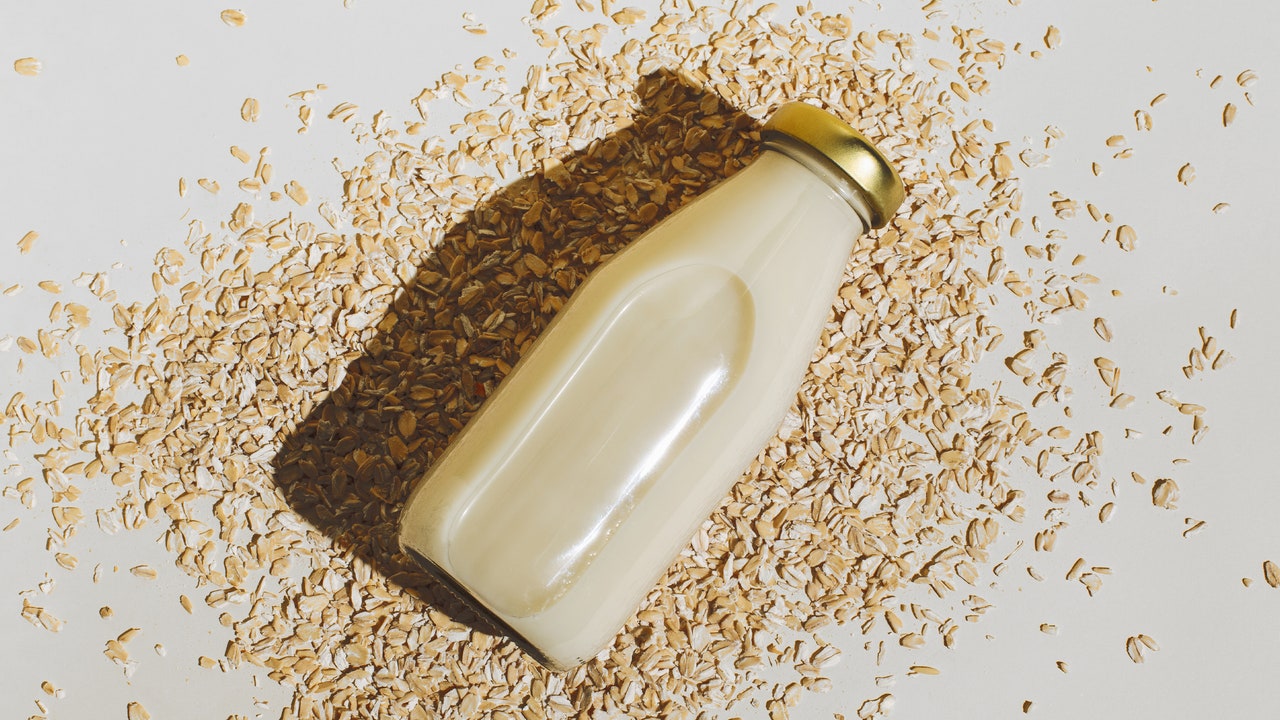“It might be that we discovered some other scorching aspect with sneaky, stealthy resources of added sugar,” London says. (Or possibly no longer so sneaky: I purchase vanilla-flavored oat milk particularly as a result of it makes my espresso sweeter.) Even supposing plant-based milks are every now and then advertised as fitter choices as opposed to dairy, creamers and barista blends will also be loaded with sugar, particularly when you use a large glug or 3. (Accountable.) “I feel why we are seeing extra folks feeling like there are unwanted side effects of a few of these plant-derived milks is as a result of there is much more added sugar in that class at the entire,” London explains. (The label at the oat milk creamer I take advantage of says it comprises 4 grams of added sugar. Common outdated cow’s milk, against this, normally does no longer comprise added sugar.)
Is oat milk spiking my glucose ranges?
In a phrase: sure. However stick with me. Consistent with London, in case you have customary blood sugar, your glucose ranges will move up and down all over the day after you devour—that’s simply how our bodies paintings and, for most of the people, is not anything to fret about.
Glucose feels like a horrifying phrase, but it surely’s simply desk sugar, says Dr. Landry, and it’s in a large number of what we devour. “It’s a wonderfully advantageous factor on the finish of the day,” she confirms. Whilst you ingest glucose, your frame releases insulin as a response. In most cases, the frame must unlock a proportional quantity of insulin to the volume of glucose you’ve ate up, however that’s no longer all the time the case. “What occurs in a unfavorable state of affairs [like eating a lot of sugary food at once] is that we have got this giant glucose spike and our frame both does not unlock sufficient insulin or releases an excessive amount of insulin to take care of that spike or quantity of sugar we’ve taken in,” Dr. Landry explains. That is why chances are you’ll really feel slow or crash after consuming a sugary latte and pastry, or a host of sweet, white bread sandwich, and a soda at lunch. London says widespread spikes like those may just additionally building up sebum manufacturing.
Consistent with Dr. Landry, “What we do know is that upper glycemic meals normally [like white bread, sugary cereals, French fries] will also be related to both some more or less hormonal fluctuation or irritation itself. There are lots of items that we need to keep away from as it makes our blood sugar spike in point of fact temporarily,” he says. “While such things as contemporary greens, beans, and even simply metal lower oats of their herbal shape are decrease in that glycemic index.”
So, must I prevent consuming oat milk?
Each London and Pavitt suggest having a look intently on the label of your preferred non-dairy milk or creamer, keeping track of the “Added Sugars” line particularly. Pavitt herself makes use of dairy milk and says to not be “scared” of it, however when you’re delicate to dairy, she recommends almond or cashew milk as a substitute of oat, as they rank decrease at the glycemic index. London recommends prioritizing protein by way of unsweetened soy or pea milk, which provides you with about seven and 8 grams of protein according to serving, respectively—a host very similar to dairy milk. Dr. Landry’s select is soy milk, which he says is closest to cow’s milk from a dietary point of view.

